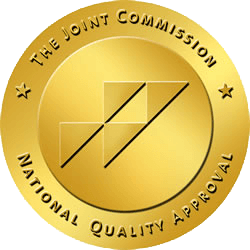Content Warning: this blog post discusses self-harm and self-injurious behavior and may not be suitable for certain viewers. If you or someone you love is…
Self-harm is one way that people respond to the symptoms of their mental health disorders. Self-harm occurs when somebody hurts themselves in response to painful…
Scratching, punching, cutting, and hitting oneself with objects are all examples of self-harm, as identified by SAMHSA. Also known as self-injury, teens purposefully hurt themselves…
Adolescent self-harm and injury are common in teens experiencing emotional distress. Often self-harm is meant to be non-suicidal. However, self-harm is an intentional action and…
Understanding self-injurious behavior involves accepting that it may exist outside your realm of understanding. Self-injurious behavior may seem mysterious for someone who feels no relief…
Self-Injury Awareness Day is recognized internationally on March 1st. The event brings awareness about the prevalence of self-harm among individuals. Past research has shown that…
Self-injury or self-harm is usually a response to severe emotional distress. A person may cause intentional, non-suicidal injuries to his or her body as a…








